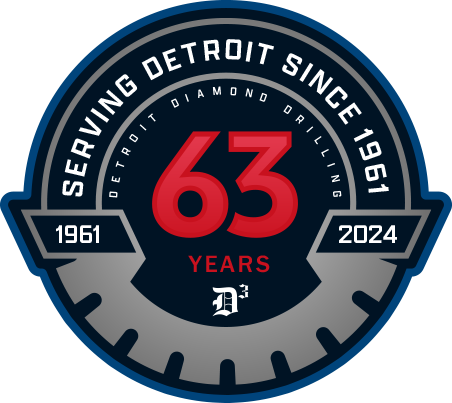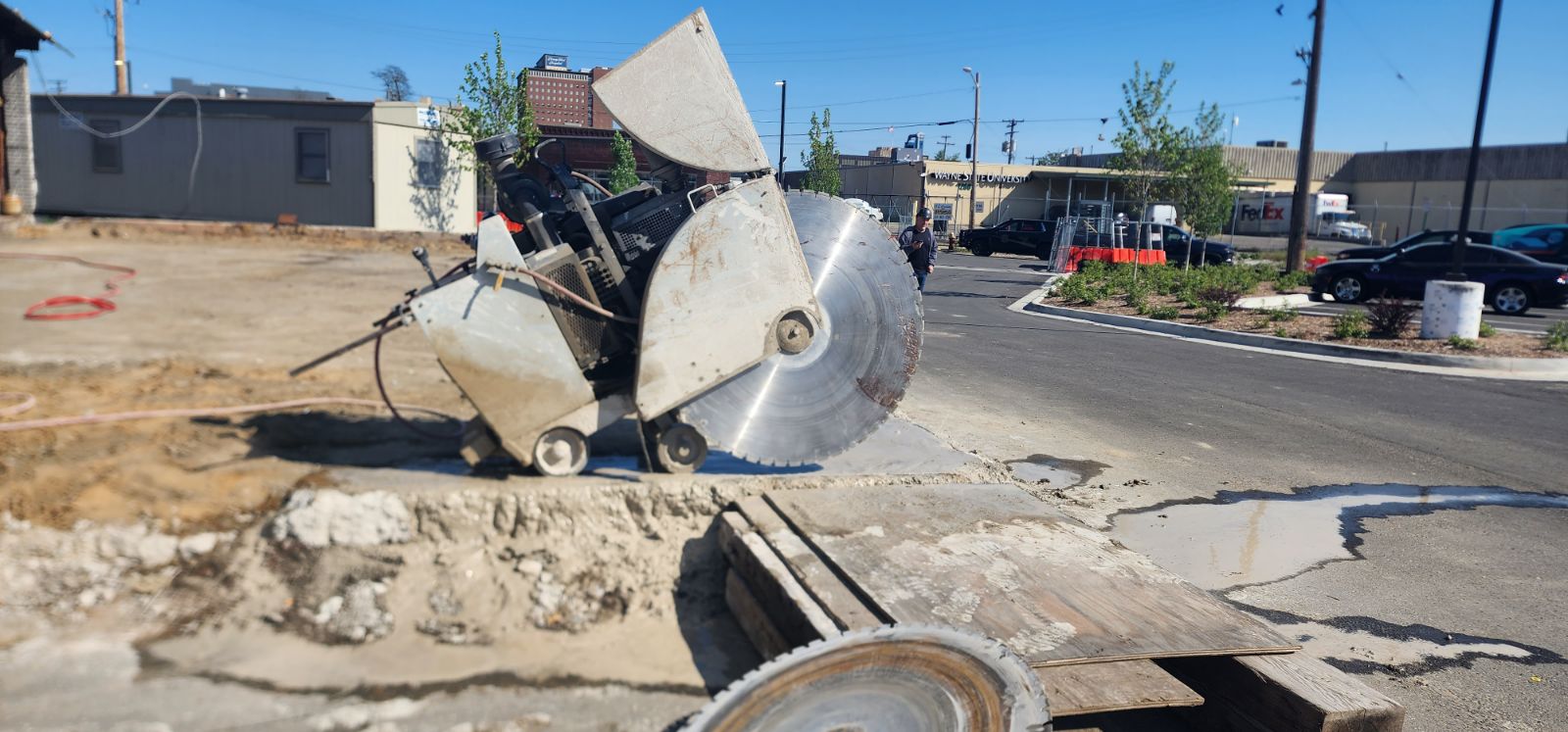Essential Power Tools for Concrete Work
Concrete is an essential material in construction, but as infrastructure grows and demands more from construction teams, manual tools just can’t keep up. That’s where power tools come in, dramatically reducing the time it takes to cut, place, and finish concrete.
Speed isn’t the only advantage. These specialized concrete tools also produce cleaner cuts, more consistent finishes, and overall stronger structures. By using power tools for concrete work, crews can meet project expectations with fewer tools and steps, lowering labor costs by doing more with less.
Power tools are a way of the modern world, making them key to keeping pace with the competition. Here are some of the power tools you and your team should keep on hand to guarantee the best results and boost productivity.
Cutting Tools
Concrete-cutting tools are perfect for slicing through tough material without damaging the structure around it. Each type of cutter brings serious power and accuracy, but they’re built for different jobs and situations.
Concrete Saws
Walk-behind concrete saws are the heavy hitters of cutting equipment, built with diamond blades and designed for making straight, deep cuts in concrete slabs and pavement. These machines roll themselves along and pack enough power to handle the biggest cutting jobs.
Specifications
- Cutting depths: Up to 15+ inches (models like Husqvarna FS 5000 D)
- Blade diameters: 14-42 inches
- Power output: 13-74 HP (diesel or gasoline engines)
- Drive system: Self-propelled with variable speed controls
- Cooling: Integrated water systems for blade temperature management
- Weight: Typically 800-2,000+ lbs, depending on size
Common Applications
These powerful saws work great for cutting expansion joints, removing old concrete slabs, and fixing roads. Contractors use them for creating control joints in fresh concrete, cutting through airport runways, and big demolition projects. Their accuracy makes them perfect for removing damaged highway sections and getting surfaces ready for new concrete.
Handheld Cutters
Small and easy to move around, handheld concrete cutters run on gas or battery power to cut in locations where bigger machines aren’t practical. These portable units aren’t as powerful, but they make up for it with flexibility and convenience.
Specifications
- Blade sizes: 12-16 inches across
- Cutting depth: Up to 5 inches deep
- Power: 3-6 horsepower engines (gas) or 18-36V battery packs
- Speed: Steady cutting speed with smart fuel systems (like STIHL TS 500i)
- Features: Vibration control, water hookups for dust control
- Weight: 15-25 lbs, for easy portability
Common Applications
Handheld cutters are great for center cuts, cutting holes for pipes, and detail work around fixtures. Since you can carry them anywhere, they also work well for overhead cuts, tight corners, and spots too small for larger machinery. People use them all the time for cutting door and window openings, making holes for utilities, and doing precise cuts around existing structures where accuracy matters.
Drilling Equipment
Breaking through reinforced concrete needs tools that combine a hammering action with spinning power. Drilling jobs focus on making holes for anchors, coring, and structural changes across all kinds of projects.
Hammer Drills
Hammer drills combine impact with rotation to drive through concrete with thousands of blows per minute. These versatile tools are the first step for concrete drilling, but can also be used for lighter jobs.
Specifications
- Hammering power: 2.4 ft-lbs (models like Bosch GBH2-28L)
- Hit rate: 4,000-5,000 hits per minute
- Hole size: Up to 1 inch in concrete
- Power: 6-10 amps (plug-in) or 18-36V (battery)
- Settings: Drill-only, hammer-only, and combination modes
- Bit holder: Special quick-change system for secure bits
Common Applications
These tools handle everything from installing concrete anchors to drilling holes for rebar connections. They’re the first choice for electrical work, mounting equipment in homes, and light commercial jobs. Contractors use them constantly for mounting equipment, installing handrails, and making holes for expansion anchors.
Rotary Hammers
Better than hammer drills for tough jobs, rotary hammers use air-powered mechanisms to deliver much stronger hammering forces. These professional-grade tools tackle the heaviest concrete drilling jobs with ease.
Specifications
- Hammering power: 8.5 ft-lbs (models like Hilti TE 70-ATC/AVR)
- Hit rate: Up to 4,500 hits per minute
- Hole size: Up to 2.5 inches in concrete
- Power: 12-15 amps with smart electronic controls
- Safety features: Kickback control, electronic clutches, vibration reduction
- Bit system: Heavy-duty quick-change for big bits
Common Applications
Rotary hammers power through heavily reinforced concrete and masonry for installing large anchors, making holes for tensioned cables, and demolition work that demands precise chipping. They’re essential for structural changes, installing heavy equipment anchors, and creating holes around existing rebar without damaging the structure.
Core Drills
Core drills make clean, round holes using diamond-coated bits, with accuracy that regular bits can’t match. These specialized tools run slower but with more torque for maximum efficiency while still making sure cores are the perfect shape.
Specifications
- Bit sizes: 1-14+ inches across (diamond-coated)
- Speed: 300-1,200 spins per minute (depends on bit size)
- Power: 10-20 amps (electric) or hydraulic for heavy work
- Cooling: Built-in water supply and collection
- Setup: Handheld, stand-mounted, or track-mounted options
- Maximum drilling depth: Usually 12-24 inches, depending on model
Common Applications
Core drills are the standard for installing plumbing lines, electrical conduits, and air conditioning systems. They make holes through floors, walls, and slabs for utility installations, cable access, and structural testing. Their precise cutting means less patching work around the holes afterward.
Grinders and Polishers
Turning rough concrete into smooth, finished surfaces takes serious grinding power that can handle friction, vibration, and constant grit. Surface prep, leveling, and polishing need machines built to run for long periods under harsh conditions.
Angle Grinders
Angle grinders handle edges and tight spots with spinning disks, delivering concentrated grinding power where bigger equipment can’t reach. These portable units give you the precision you need for detail work and surface prep in cramped areas.
Specifications
- Disk sizes: 4.5-7 inches across
- Speed: 10,000+ spins per minute with speed controls
- Power: 4-15 amps, depending on size and job
- Safety features: Electronic brakes, kickback protection
- Guard systems: Adjustable for different cutting angles
- Weight: 4-10 lbs, easy to use all day long
Common Applications
Angle grinders are great at removing epoxy, adhesives, and small surface imperfections. They’re especially useful for cleaning construction joints, removing marks left by forms, and getting surfaces ready for coatings or sealants. Contractors count on them for detail work around fixtures, edge grinding, and surface texturing in spots with limited accessibility.
Planetary Grinders
Planetary grinders have multiple spinning heads that work together to cover large surfaces quickly. These machines deliver even finishes perfect for high-end concrete flooring jobs.
Specifications
- Grinding width: 32+ inches (models like Lavina L32E-V)
- Power: 20-50 horsepower motors
- Speed range: 100-1,000 spins per minute with controls
- Head setup: Multiple counter-spinning grinding heads
- Grinding tools: Diamond segments for different finish levels
- Weight: 1,000-3,000+ lbs for stability and grinding pressure
Common Applications
Planetary grinders handle everything from heavy material removal to fine polishing across warehouse floors, retail spaces, and decorative concrete jobs. They’re an essential tool for creating the smooth, uniform surfaces needed in food processing plants, pharmaceutical manufacturing, and high-end retail spaces where both presentation and performance matter.
Mixing Tools
Concrete’s consistency determines whether any structure will succeed or fail. Poorly mixed concrete creates weak spots and early failure, which is why reliable mixing equipment is absolutely necessary for quality control and strong structures.
Electric Concrete Mixers
Electric concrete mixers use continuous drum spinning and mechanical mixing to blend water, cement, and rocks together until everything is evenly distributed for consistent concrete quality.
Specifications
- Size: 2-9 cubic feet (models like Klutch at 4.25 cu. ft.)
- Power: 1-5 horsepower electric motors
- Drum speed: Up to 30 spins per minute for consistent mixing
- Drive: Gear-driven for reliable power
- Features: Tilting drums, removable mixing chambers
- Electrical: 115V or 230V options depending on size
Common Applications
These mixers handle small to medium concrete pours, including footings, sidewalks, and repair work, without the use of concrete trucks. They’re perfect for projects that need small, controlled batches for quality control, specialty concrete mixes, and situations where you need extra working time. Contractors commonly use them for house projects, small commercial jobs, and repair work.
Hand Tools with Power Options
Power-assisted hand tools add speed and consistency to finishing and placement work. While people traditionally have operated these by hand, powered options boost output and surface quality without much effort from the operator.
Power Trowels
Power trowels finish concrete slabs with spinning blades that keep rocks below the surface while smoothing the top. These machines take concrete from smoothing through final polishing to get a professional-grade finish.
Specifications
- Blade width: 24-48 inches (walk-behind), 36-96 inches (ride-on)
- Power: 5-13 horsepower (walk-behind), up to 67 horsepower (ride-on)
- Blade speed: 60-150 spins per minute with controls
- Blade angle: Manual or electronic blade angle control
- Weight: 200-400 lbs (walk-behind), 1,500-3,000+ lbs (ride-on)
- Fuel: Gas or propane options available
Common Applications
Power trowels create the smooth, strong surfaces needed in warehouses, retail floors, and decorative concrete jobs. They’re essential for getting a level surface in industrial buildings, surface density for polished concrete floors, and a uniform texture for architectural projects. Contractors rely on them for projects where hand finishing won’t provide the right results or doesn’t match the scope.
Vibrators
Vibrators compact wet concrete by getting rid of air pockets and making sure everything settles properly around reinforcement. These placement tools create the proper density for concrete as strong and durable as you need.
Specifications
- Frequency: 6,000-15,000 vibrations per minute
- Probe diameter: 0.75-2.5 inches for different concrete thicknesses
- Power options: Electric, pneumatic, or gasoline engines
- Shaft length: 6-20 feet, flexible shafts available
- Head shapes: Pencil, bottle, or ball configurations
- Amplitude: Variable depending on concrete consistency requirements
Common Applications
Proper vibration gets rid of air pockets that weaken concrete, ensures the concrete fills in completely around steel reinforcement bars, and creates even density throughout the pour. Surface vibrators work alongside internal ones by smoothing the top surface and bringing air bubbles up during pouring. These are essential for structural concrete, decorative finishes, and any job where you need concrete without air gaps for strength or appearance.
Why It Matters
Modern concrete work depends on having the right power tools for each phase of construction. From cutting and drilling to mixing, placing, and finishing, the right equipment delivers the precise, powerful, and consistent results expected from construction professionals. Understanding the specs and uses of each tool helps contractors choose the right equipment to reach the best project outcome every time.








